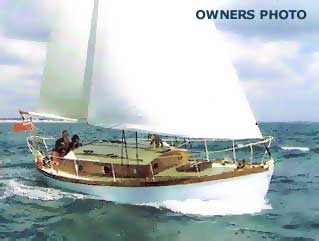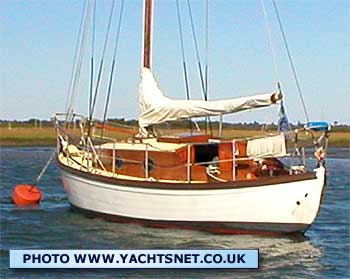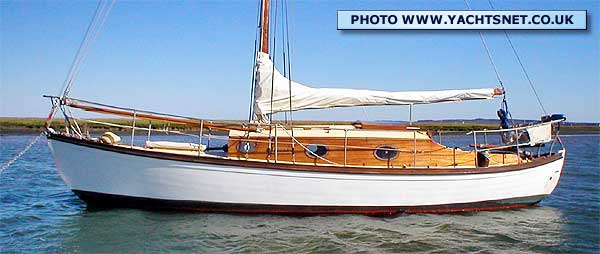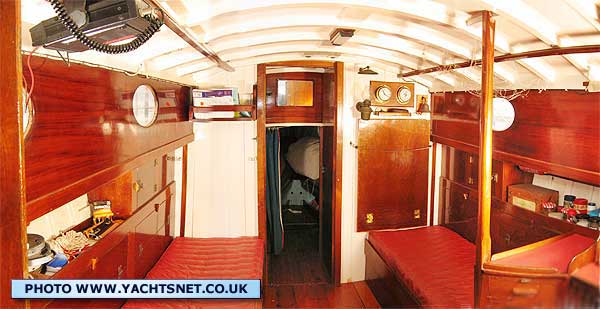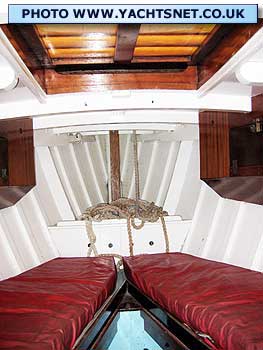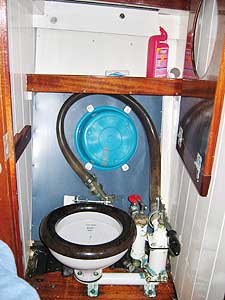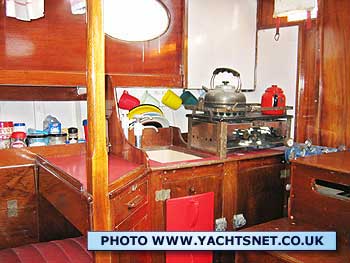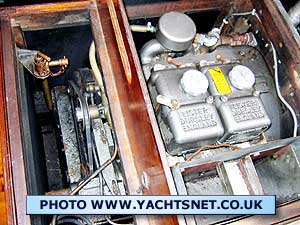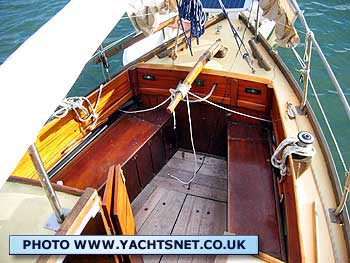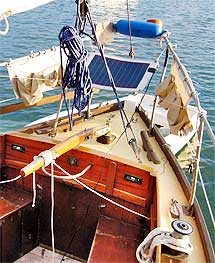| |
|
|
|
|
|
|
|
| © Yachtsnet Ltd. 2000/2025 |
|
|
|
| |
|
|
Yachtsnet's
archive of boat details and pictures
|
| |
The following information and photographs are
displayed as a service to anyone researching yacht types.
HOWEVER THE PHOTOGRAPHS AND TEXT ARE COVERED BY COPYRIGHT, AND MAY NOT BE REPRODUCED WITHOUT THE PERMISSION OF YACHTSNET LTD. Details
and photographs are normally based on one specific yacht, but could
be a compilation. No reliance should be placed on other yachts of
the same class being identical. Where common variations exist,
we have endeavoured to indicate this in these archive details. |
Hillyard 8 tonner |
Brief Notes |
Builder |
David Hillyard, Littlehampton |
David Hillyard
designed and built around 800 wooden yachts between 1920 and
1978, at his boatyard in Littlehampton, Sussex, ranging in
size from two and a half tonners to 28 tons. The 'ton' measurements
do not relate to actual displacement, being a system of official
measurement originally based on the number of 'tun' barrels
a ship could hold |
Length OA |
30' 0" |
Sail Area |
|
Length WL |
24' 0" |
Rig |
Sloop |
Beam |
8' 6" |
Cabins |
Forecabin and saloon |
Draught |
3' 6" |
Berths |
4 plus pipe cot |
Displacement |
6 tons |
Engine type |
various |
Ballast |
iron keel and lead pigs internal ballast |
Engine bhp |
8 - 10 |
Keel type |
Long keel with option of bilge
plates |
All the Hillyard yachts have a distinct look with a good
amount of freeboard and a moderate amount of sheer. While
the smallest models were transom sterned with outboard rudders,
most of the better known designs were heavy displacement long
keeled vessels with canoe sterns. They have the reputation
of solid construction and good behavior at sea. Hillyards
remained in business until 2009, and had moved on to GRP production
of catamarans and other modern designs, when the company ceased
trading. Shortly afterwards a fire destroyed the boatyard.
Most Hillyards were built on oak frames, with planking of various timbers. Pre-war Hillyards were quite often planked in mahogany, whilst after the war larch,
pitch pine and iroko were used more often. |
|
|
 |
